Introduction Guide to Sports Photography
Sports photography isn’t for everyone. It is usually fast paced and requires you to stay on your toes at all times. There is constant movement and action and you need to stay ready and focused in order to get great shots.
The upside to sports photography is that you have plenty of opportunities to capture great action shots, so if you should miss a good shot or two, there will be plenty of other photo-worthy moments to take advantage of.
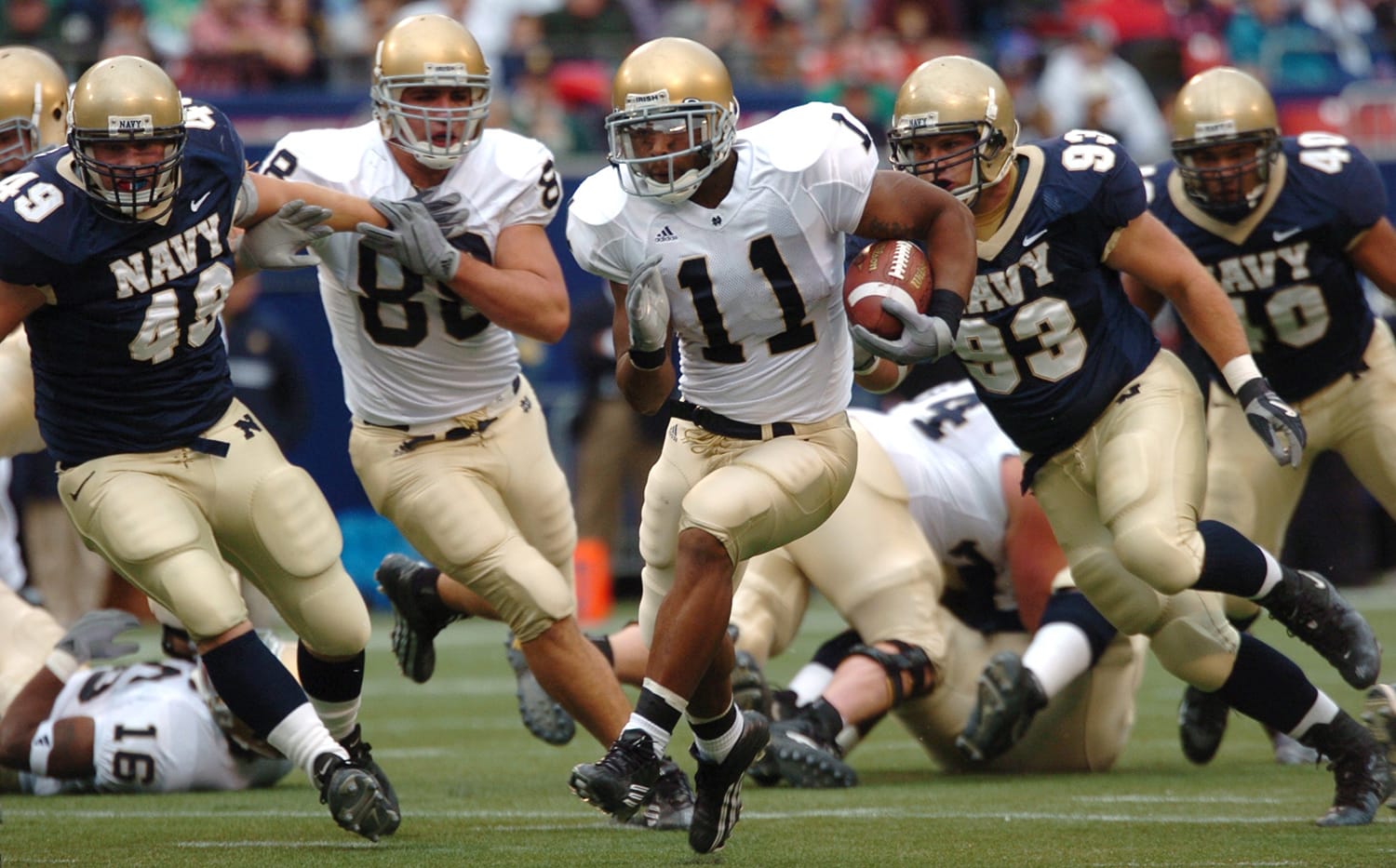
Outdoor Sports
Tennis, volleyball, baseball, soccer, and football are a few of the most popular outdoor sports.
When shooting outdoors during the daytime, you have the advantage of having the sun as your natural lighting. You typically don’t have to worry about struggling to get a good exposure or deal with artificial lighting that is too warm or cool, which can give you white balance issues.
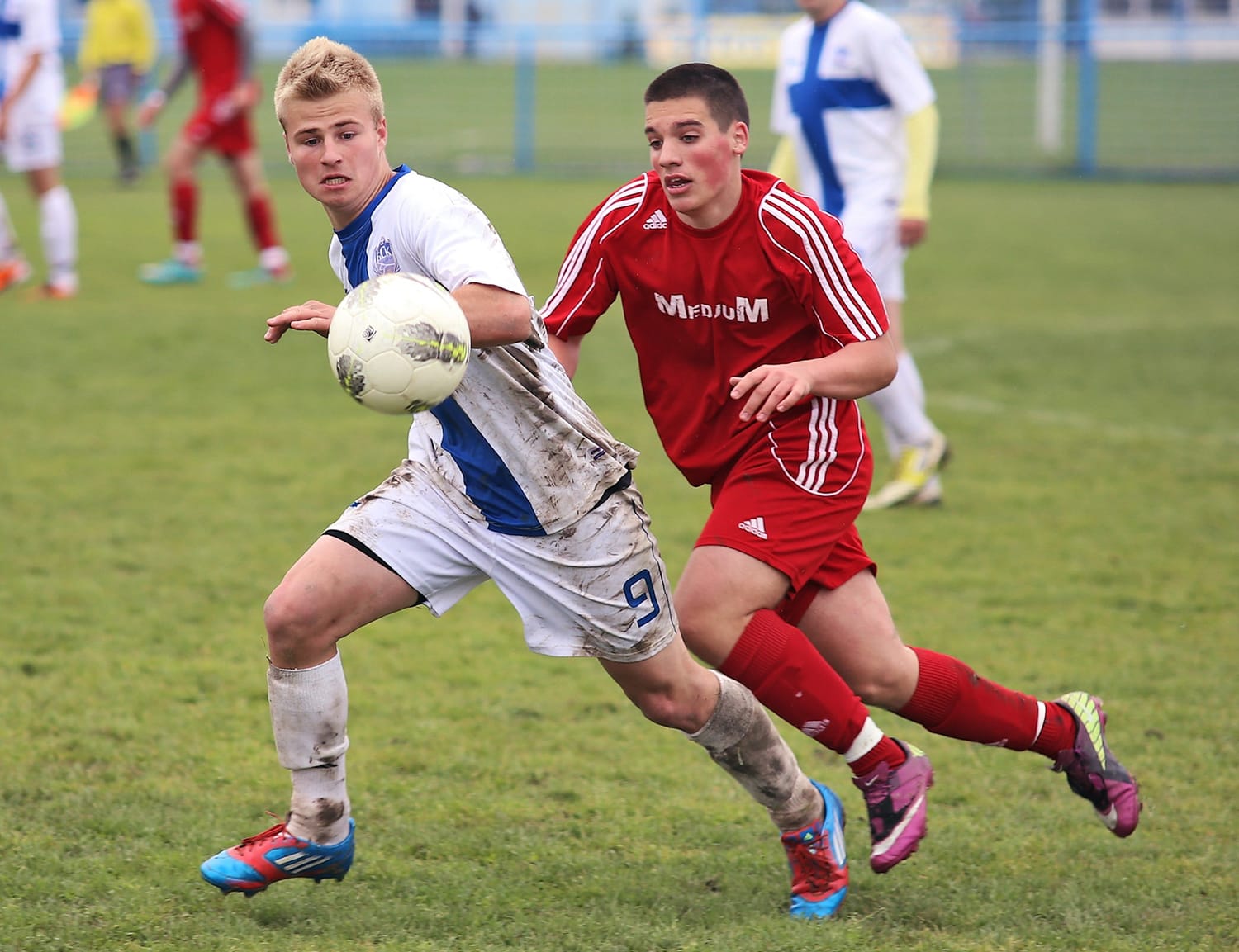
Another advantage to outdoor sports photography is that you typically have more space to work in. This allows you to move around to find the perfect spots to get the perfect shots. Outdoor sports photography is also “less intrusive”, meaning you can be more discreet to get the shots rather than feeling “in the way.”
Indoor Sports
Some popular indoor sports include basketball, ice hockey, ice skating, and wrestling.
Lighting can be trickier to work with because you can be in situations where the overhead lights are cool/more blue or warm/more orange (or a mixture of the two). You may also run into the issue of the lighting simply being too dim.
Your working space will be more limited and you will usually be forced to be a little closer to the action (which isn’t always a bad thing). Being discreet can be much more difficult, depending on the size of the arena or gymnasium.
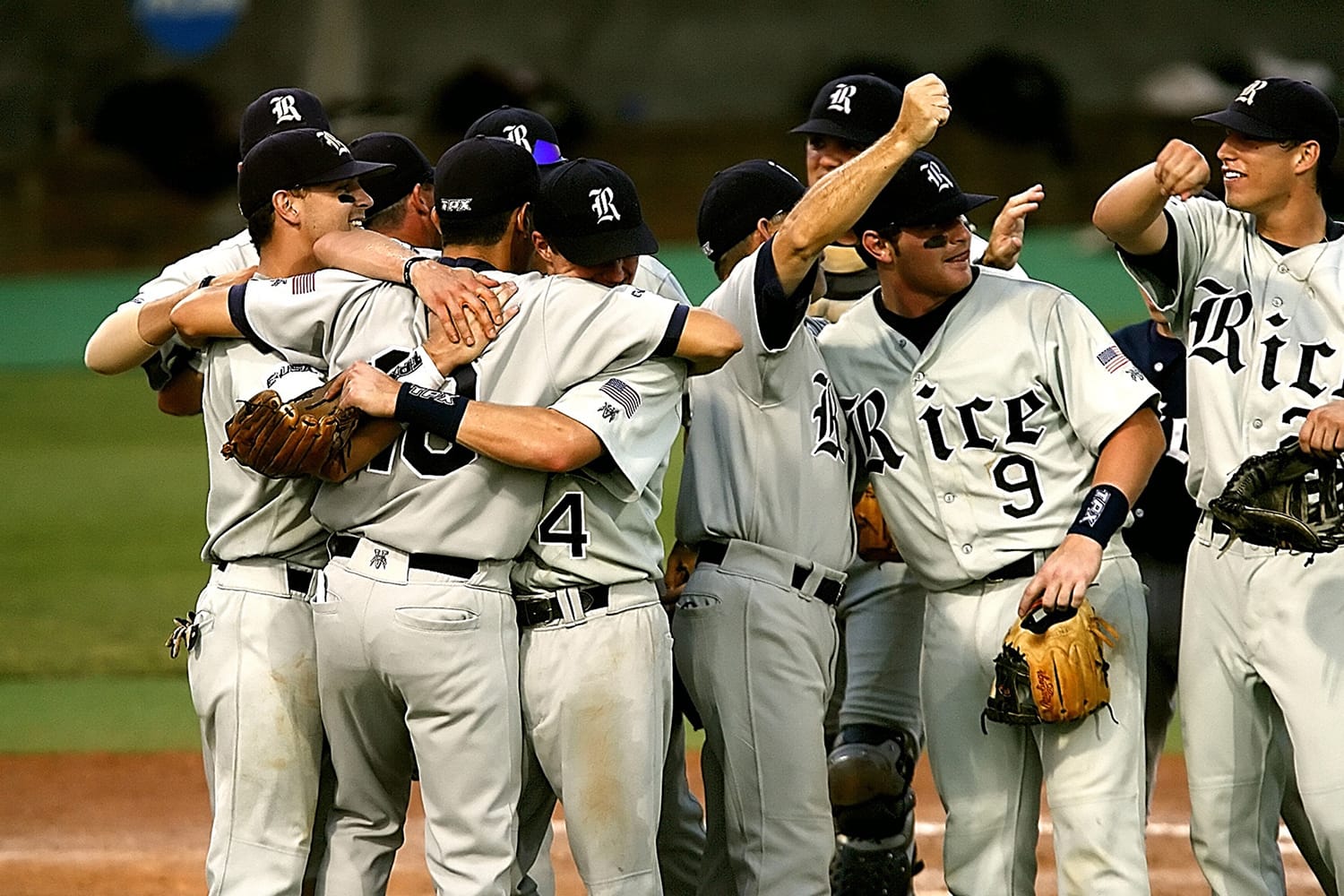
Gear
In order to get good sports photos, you will need a DSLR and at least one long lens (200mm or more). Gear that has low light capabilities and is fast is also important. You will likely be taking a lot of shots in bursts so your gear should be able to handle that.
Since you will be moving around a lot yourself, you need to avoid camera shake. If you aren’t working with a lens or camera body that has good vibration reduction, invest in a tripod/monopod.
Camera Settings
As with any photography, your settings will depend on the situation. If outdoors, you can get away with lower ISO numbers. However, if indoors, you will need higher ISO numbers. Also consider shooting with semi slow Apertures to compensate for light when needed.
Shutter speed will be the most important because you need to make sure you are freezing action. You won’t have control of the players’ movements, facial expressions, or position. You just need to stay on alert at all times and be prepared to capture the action as it plays out. Fast shutter speeds will help you avoid motion blur ruining what could have otherwise been an awesome shot.
Read more about the Exposure Triangle.
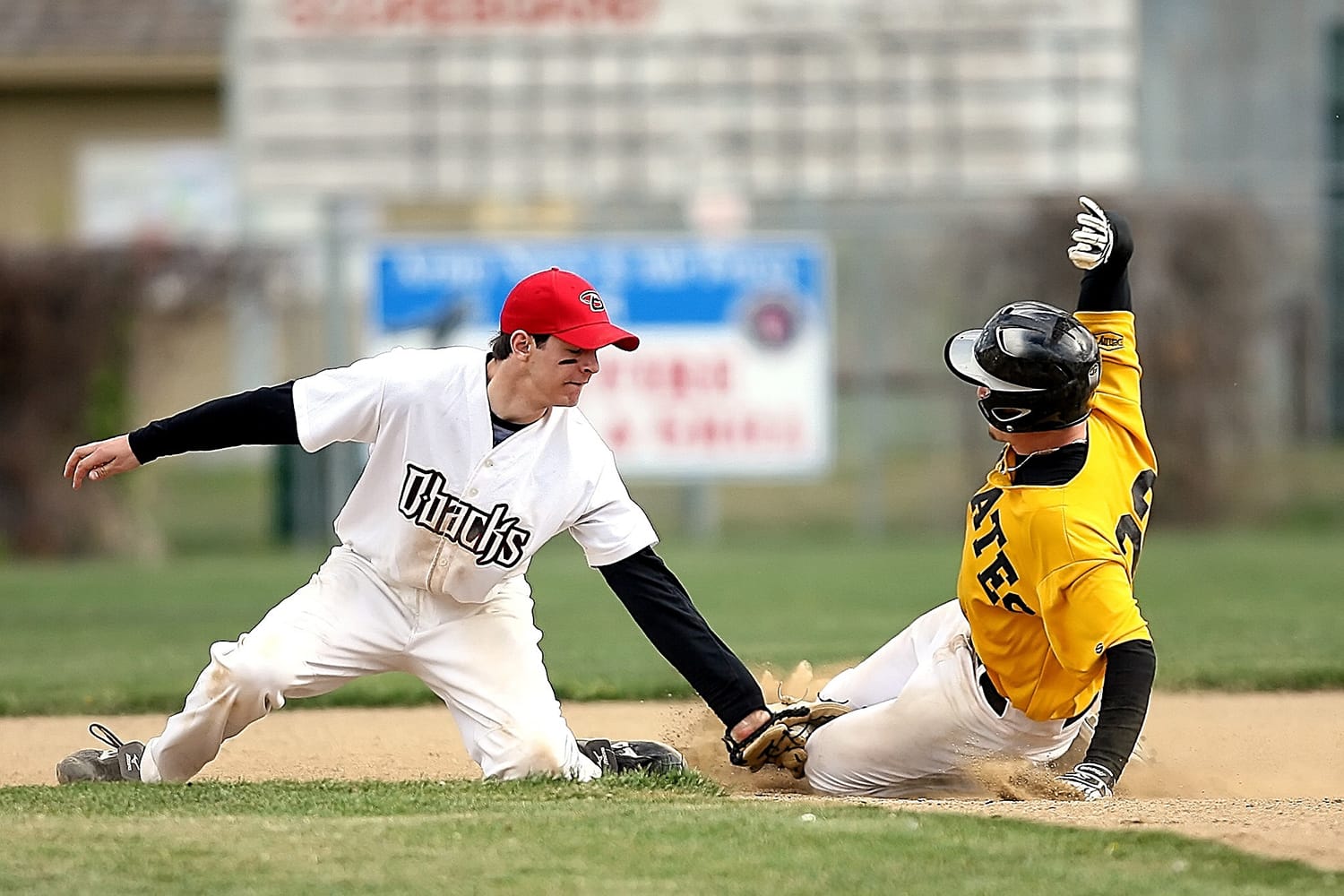
Auto Focus (continuous) works well because your camera will continue to focus on moving subjects. Also, set your Focus Selection to the center.
Other Tips
Sometimes the best shots are taking after the action. Don’t stop shooting after a great play. Capture high fives, fist bumps, and pats on the back. Look for expressions, which could be happiness or disappointment. Capture the suspense and intensity of the game. Basically, take the images as if you are telling the details of the game through your lens.
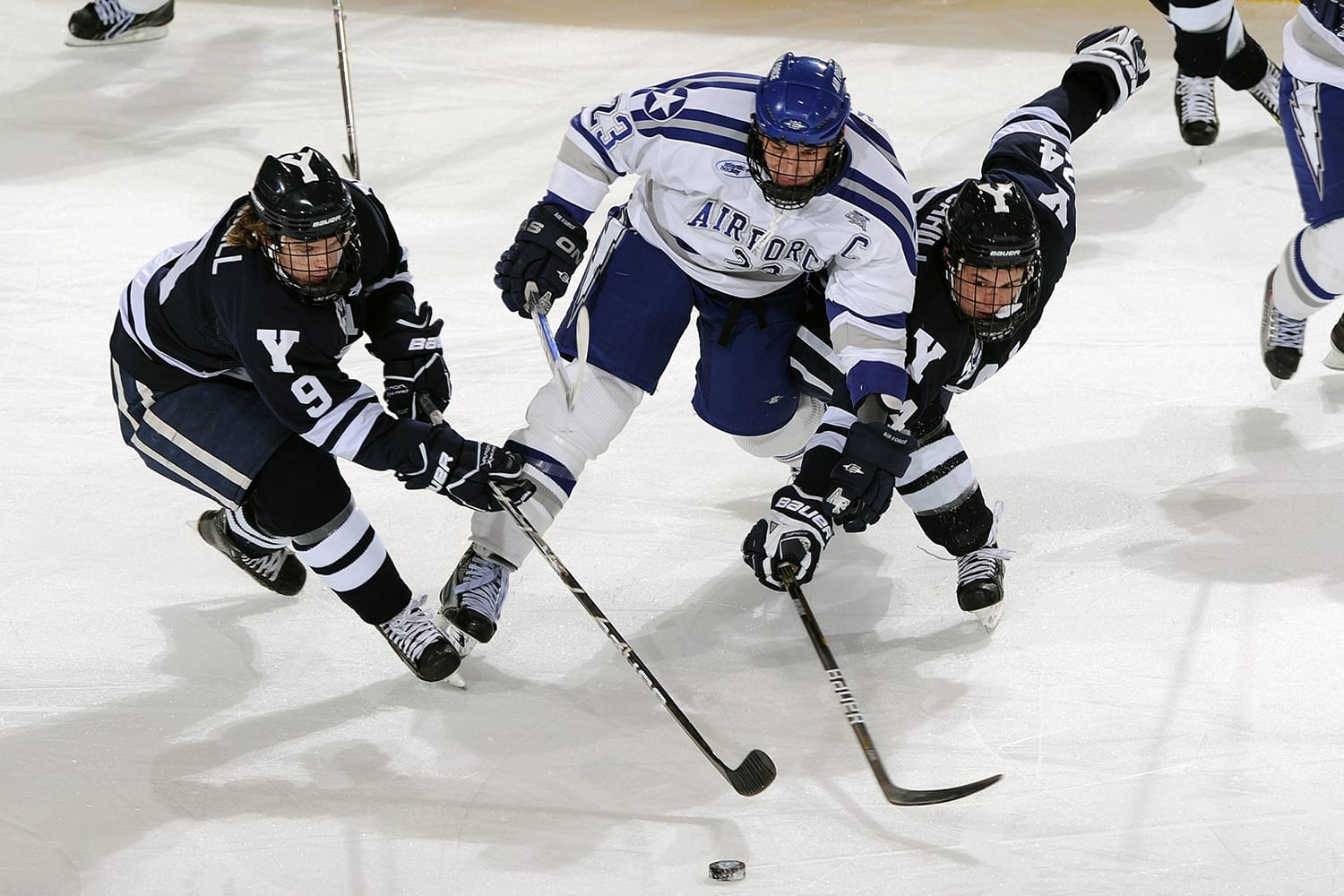
Lastly, make sure that you know any rules as far as what equipment you are/aren’t allowed to have at the venue. Also know the rules on any areas that may be off limits.
It also helps to know the sport you are photographing. Knowing how the game is played will make you better prepared when anticipating plays.
Follow other sports photographers, go to sports websites online, and browse through sports magazines. Familiarize yourself with what good sports photography consists of, do your research, obtain the proper gear, and go out and have fun capturing all of the action!
